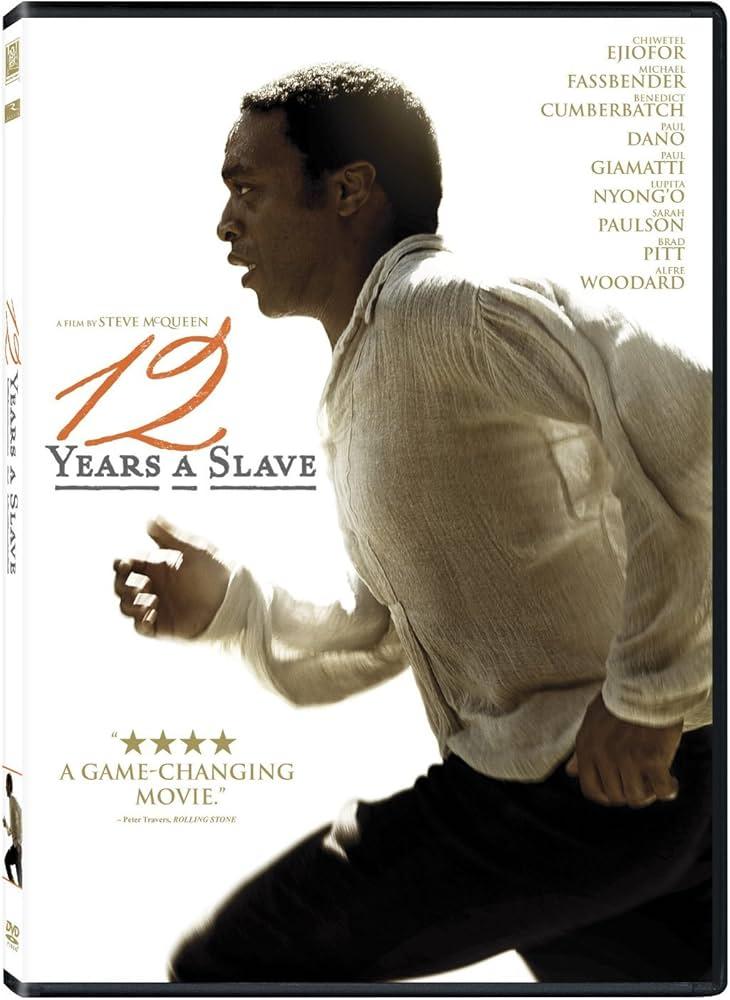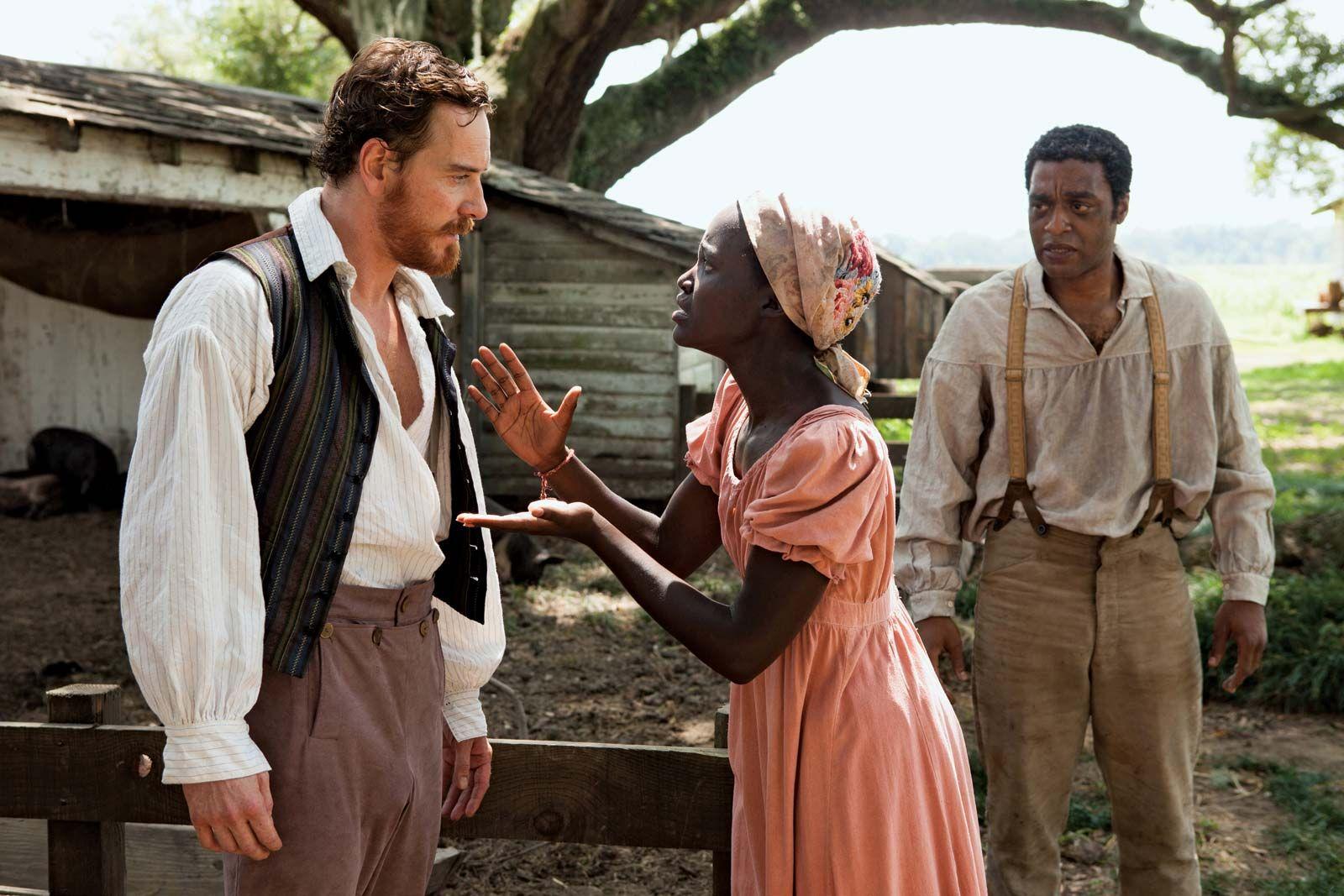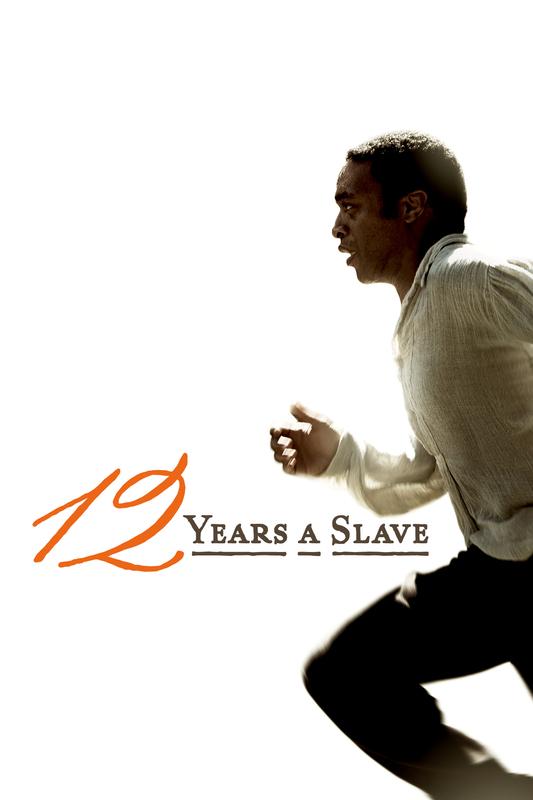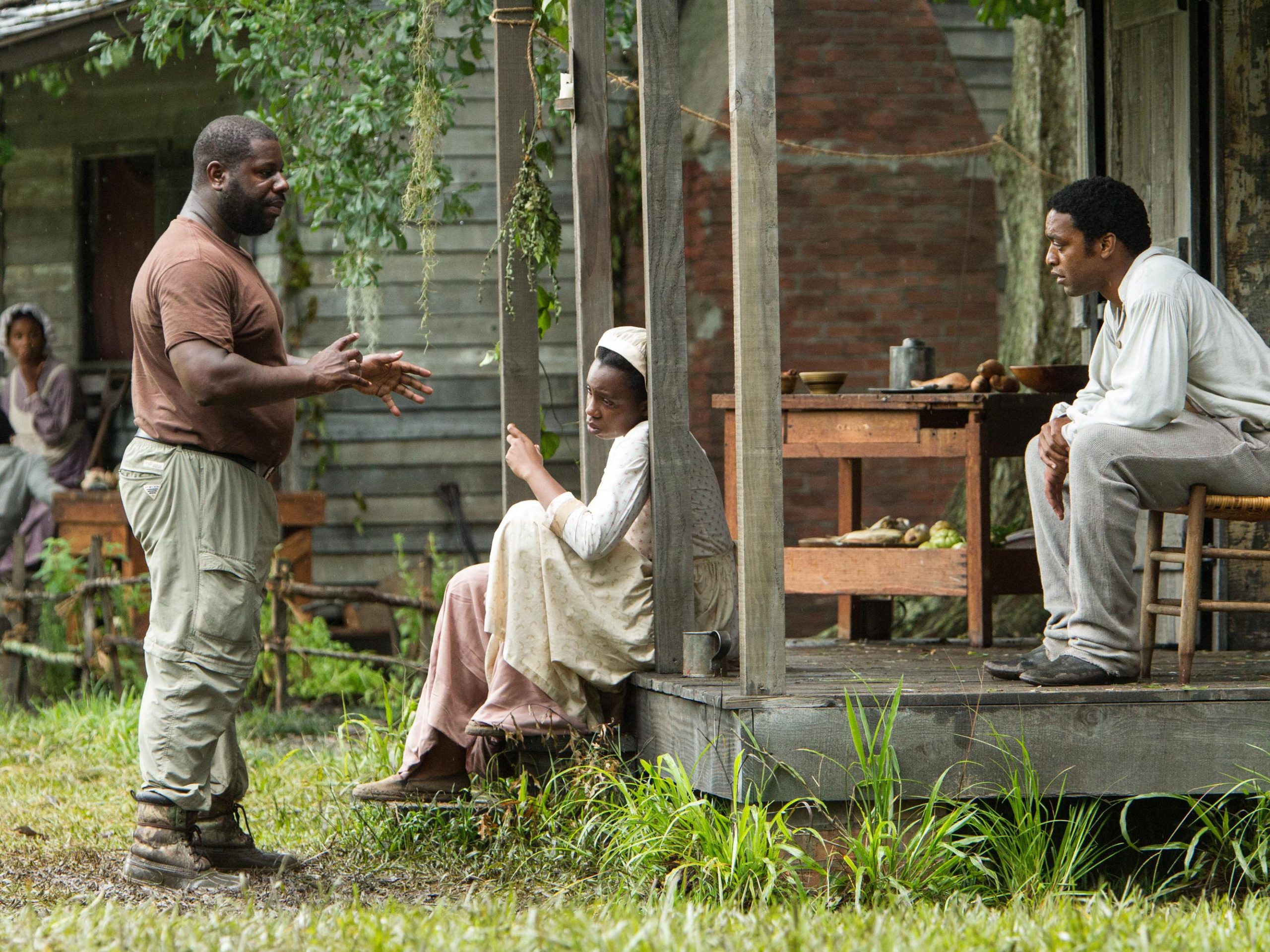“12 Years a Slave,” directed by Steve McQueen, stands as a seminal work in cinematic history, offering a visceral and unflinching portrayal of the brutal realities of American slavery. This film, adapted from Solomon Northup’s harrowing 1853 memoir, delves into the intricate tapestry of human suffering, resilience, and the systemic dehumanization that characterized the antebellum South. Through its meticulous attention to historical detail and its compelling narrative structure, “12 Years a Slave” not only confronts audiences with the stark truths of the past but also compels a deeper reflection on the enduring legacy of racial injustice. In this analysis, we explore how McQueen’s masterful direction and the film’s powerful performances effectively illuminate the horrors of history, serving as both a poignant reminder of the past and a catalyst for ongoing dialogue about race and humanity.
Historical Accuracy and Emotional Impact in 12 Years a Slave
The film 12 Years a Slave masterfully balances historical accuracy with profound emotional resonance, providing a vivid portrayal of the brutality of slavery. Steve McQueen, the director, meticulously adheres to Solomon Northup’s 1853 memoir, ensuring that the film reflects the authentic experiences of those who suffered under the yoke of slavery. The production team went to great lengths to recreate the antebellum South, utilizing historical documents and expert consultations to build a setting that feels both immersive and oppressive. This attention to detail helps viewers understand the harsh realities faced by enslaved individuals, anchoring the film in a tangible historical context.
Beyond its historical fidelity, the film excels in conveying the emotional depth of Northup’s journey. The performances, particularly Chiwetel Ejiofor’s portrayal of Solomon, are imbued with a raw intensity that brings the narrative to life. Key scenes are crafted to evoke a visceral reaction, leaving audiences to grapple with the dehumanizing effects of slavery. The use of powerful imagery and poignant silence further enhances the emotional impact, allowing viewers to connect deeply with the characters’ suffering. Through these artistic choices, the film not only educates but also evokes empathy, compelling audiences to reflect on this dark chapter of history.

The Role of Cinematography in Conveying Brutality
The visual storytelling in 12 Years a Slave plays a crucial role in immersing the audience in the visceral experience of slavery’s brutality. The film’s cinematography, helmed by Sean Bobbitt, employs a meticulous combination of composition, lighting, and camera movement to create an unflinching portrayal of the dehumanizing conditions faced by enslaved individuals. Close-up shots of characters’ expressions capture the profound emotional weight and suffering, making the pain palpable and inescapable. The use of natural lighting and long takes contributes to a raw and realistic atmosphere, stripping away any cinematic artifice and compelling viewers to confront the harsh realities depicted on screen.
- Composition: Scenes are often framed to emphasize isolation and confinement, reflecting the lack of freedom.
- Lighting: The interplay of light and shadow highlights the contrast between moments of fleeting hope and overwhelming despair.
- Camera Movement: Subtle, deliberate movements allow the audience to linger on moments of cruelty, demanding reflection.
These cinematographic choices not only enhance the narrative but also ensure that the historical horrors are neither sanitized nor romanticized. By crafting a visual language that is both beautiful and brutal, the film transcends mere storytelling, becoming an evocative testament to resilience and a poignant reminder of a painful past.

Character Development as a Reflection of Societal Injustice
The journey of Solomon Northup in 12 Years a Slave serves as a profound illustration of how individual character arcs can mirror larger societal injustices. Through Solomon’s transformation from a free man into a captive, viewers are confronted with the stark realities of slavery and its dehumanizing effects. The film does not shy away from depicting the brutal conditions and psychological torment that enslaved individuals endured, effectively portraying how systemic oppression strips away personal agency and identity. Solomon’s resilience and hope in the face of such adversity highlight the human spirit’s capacity to endure, yet also underscore the inherent cruelty of a system designed to crush that spirit.
- Loss of Identity: Solomon’s initial confidence and dignity are gradually eroded by the oppressive structures around him, reflecting how slavery sought to obliterate personal identity.
- Resilience Amidst Despair: Despite the relentless cruelty, Solomon’s determination to reclaim his freedom symbolizes the unyielding quest for justice and equality.
- Interpersonal Dynamics: The interactions between characters reveal the complex hierarchies and power dynamics that perpetuate injustice, forcing viewers to confront uncomfortable truths about complicity and resistance.
By focusing on Solomon’s personal narrative, the film invites audiences to reflect on the broader implications of historical injustices and their lingering impact on contemporary society. This character-driven approach ensures that the horrors of history are not just recounted, but deeply felt and understood.

Recommendations for Educators Using 12 Years a Slave as a Teaching Tool
Incorporating 12 Years a Slave into the curriculum provides a profound opportunity for educators to engage students with a vivid portrayal of the brutal realities of slavery. To maximize the educational impact, teachers should consider the following strategies:
- Contextualize the Narrative: Provide historical background on Solomon Northup’s life and the broader socio-political climate of the 19th century. This will help students understand the systemic nature of slavery beyond individual experiences.
- Facilitate Critical Discussions: Create a safe space for students to discuss the film’s themes, including race, identity, and resilience. Encourage students to connect the film’s narrative with contemporary issues of racial injustice.
- Integrate Diverse Perspectives: Complement the film with readings from a variety of sources, including slave narratives, historical analyses, and modern interpretations. This will enrich students’ understanding and promote critical thinking.
By thoughtfully integrating 12 Years a Slave into the classroom, educators can foster a deeper comprehension of history’s harsh realities and inspire meaningful dialogue about its lasting impact.









